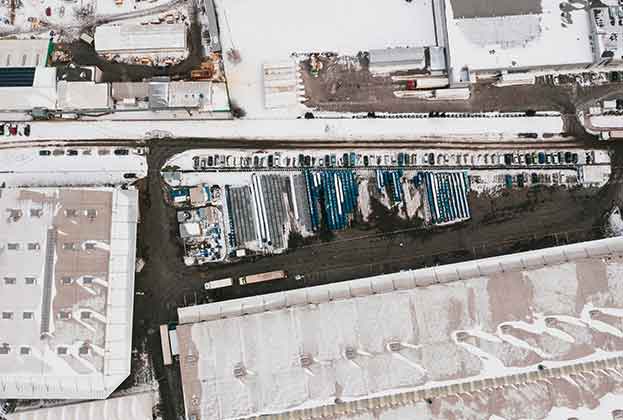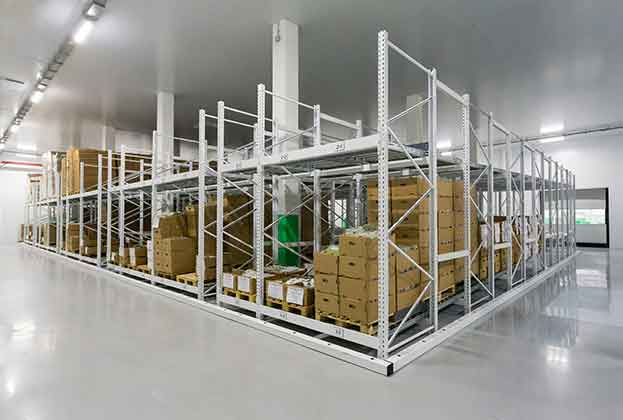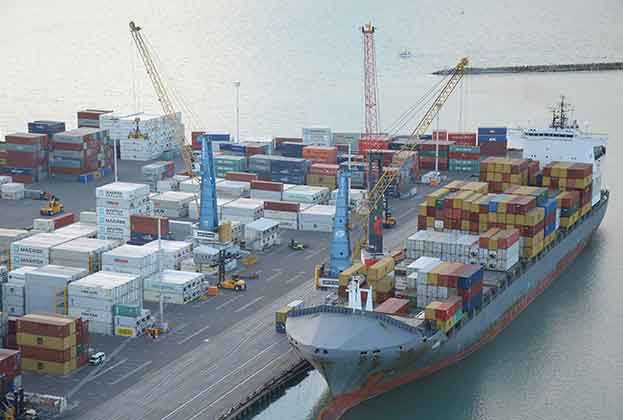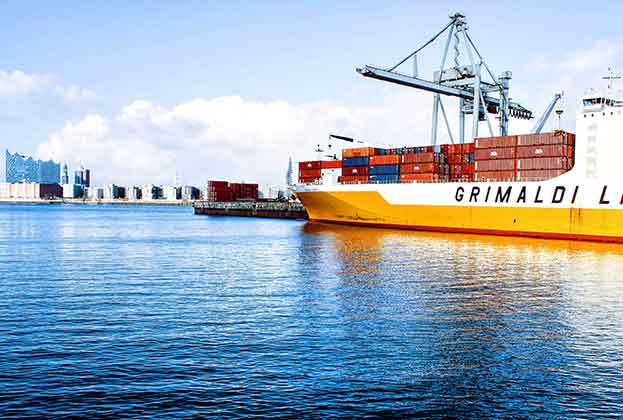Falling birth rates, which have slowed population growth, coupled with much greater life expectancy means that we are now faced with a rapidly aging population. Once upon a time our grandparents wouldn’t necessarily have had access to the internet, but now they are a generation of silver surfers and part of a demographic that is only set to increase.
In fact, the elderly are now the fastest growing users of the ecommerce market. A study undertaken by YouGov found that 86 per cent of over 55s now spend regularly online and 36 per cent now do the majority of their shopping online. Consequently, this age group is set to account for as much as £14.45 billion of online spend this year.
So what does this mean for the logistics sector?
By 2022 the Retail Economics forecast has predicted that 24.5 per cent of all retail sales will be made via the internet and it is estimated that every additional £1 billion of online sales will result in demand for an extra 775,000 sq ft of warehouse space. Using these calculations we anticipate that by 2021 we will need a further 44 million sq ft to meet the demands of the online retail sector alone.
Due to technological advances and the increasing availability of mobile phones globally, individuals who were once excluded due to their age or even geographical location are now able to access the internet. What’s more, the older population, especially in the Western world, tends to have far more money to spend. The ‘grey pound’, which accounted for as much as £320 billion of yearly household spend in 2012, is now set to grow 4.4 per cent annually with the over 50s holding over three quarters of the UK’s wealth.
One particular issue is how the continued shift online will see silver surfers begin to purchase medicines through the internet, driving the online pharmaceutical market and increasing the proportion of home delivered medicines. However, current logistics networks may be considered unsuitable for specific medicines and the creation of new complex cold chain networks may be required to ensure the integrity of prescriptions isn’t compromise during the delivery process.
With all this in mind, there is likely to be a sharp rise in new delivery addresses and not all of these will be in locations with pre-existing logistics networks. Therefore, in time this is likely to create new requirements for distribution hubs to service and mediate this specific burgeoning market.
Soon the olden days will no longer refer to horse and carts and penny farthings, but an era when online deliveries arrived by van rather than drone and a time before meals on wheels came courtesy of a Deliveroo style app.
Further information
Read more: Spotlight: Big Shed Briefing


.jpg)





.jpg)

.jpg)